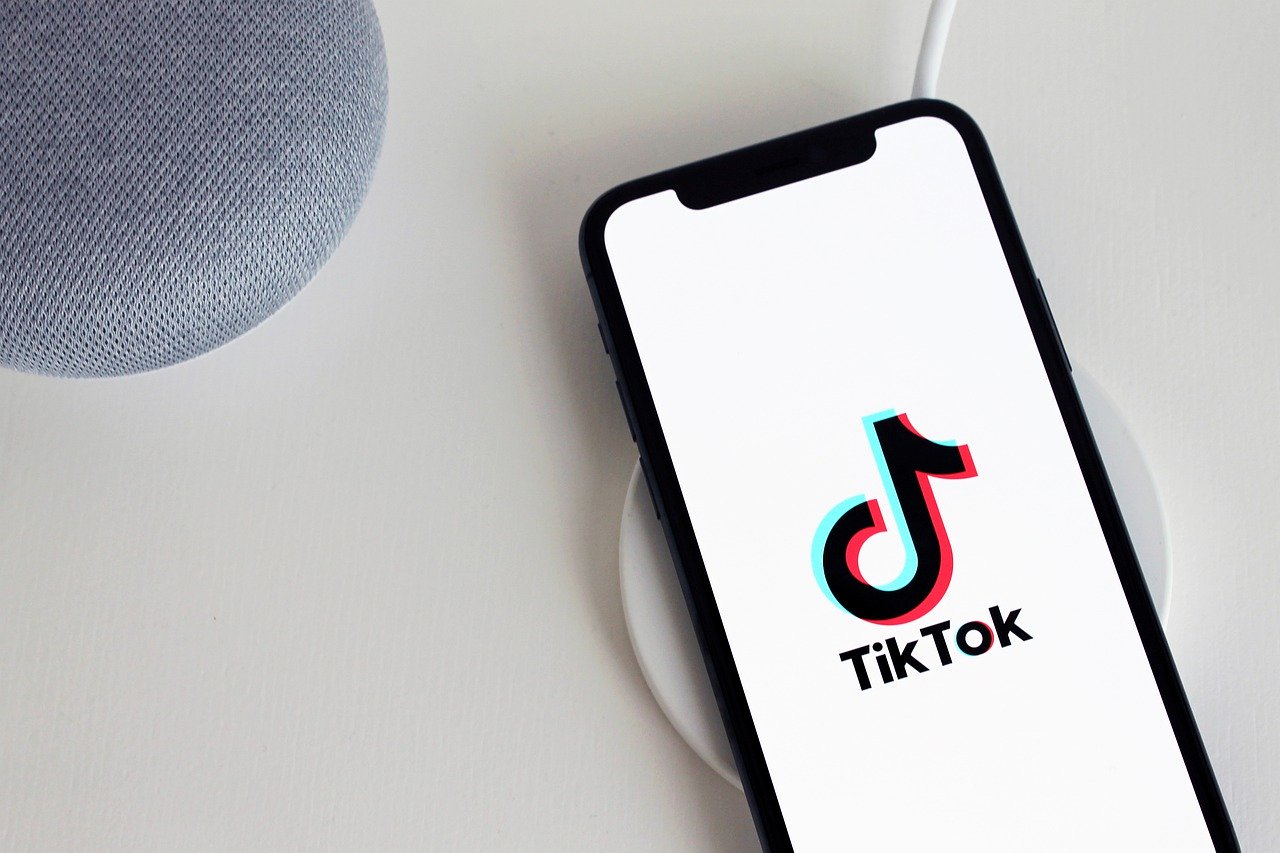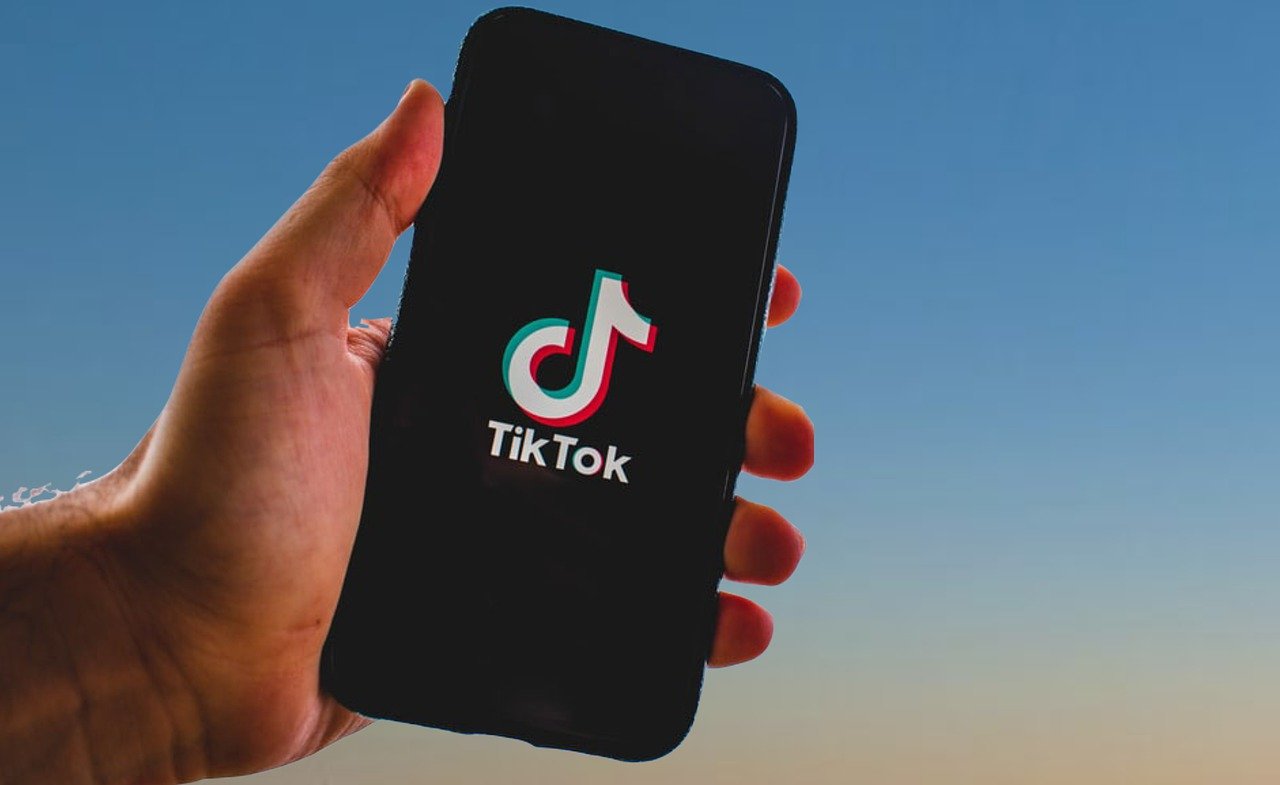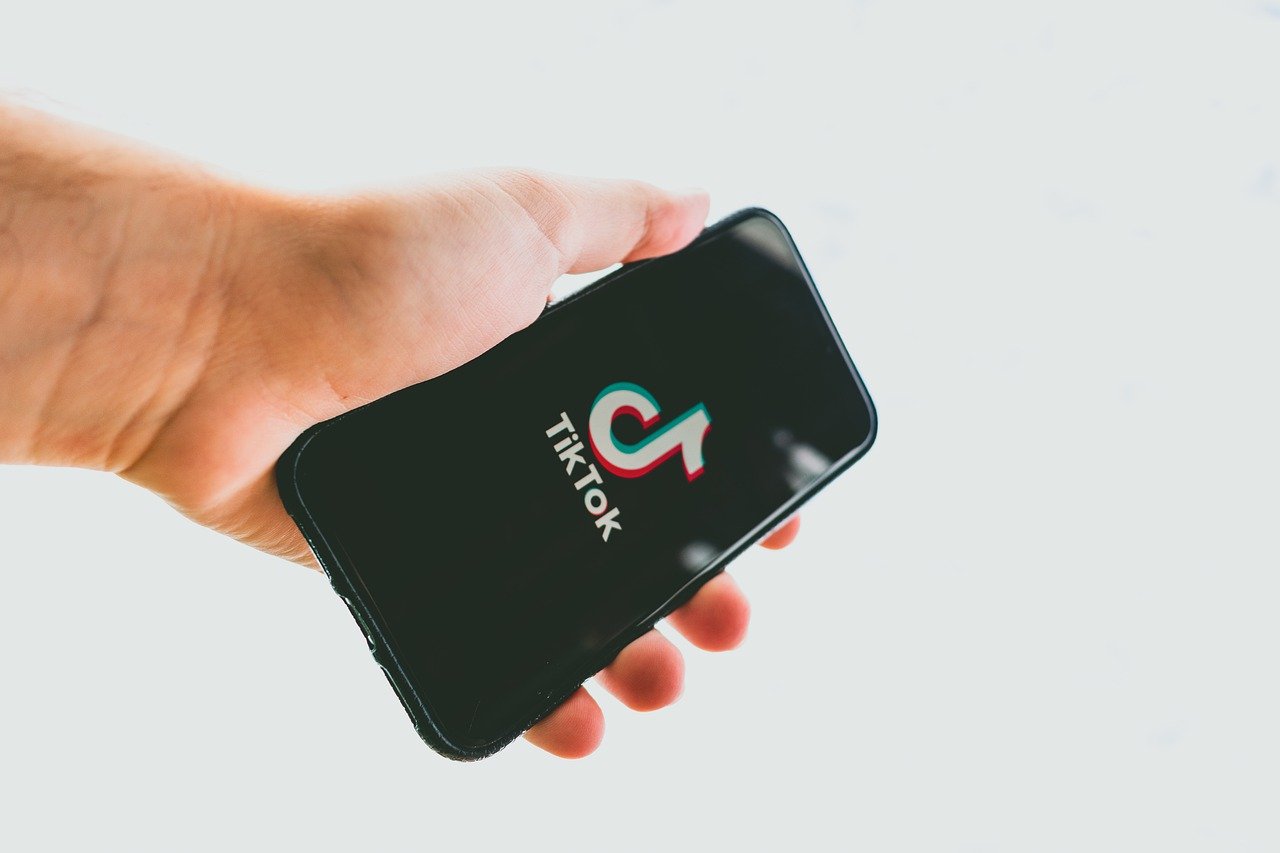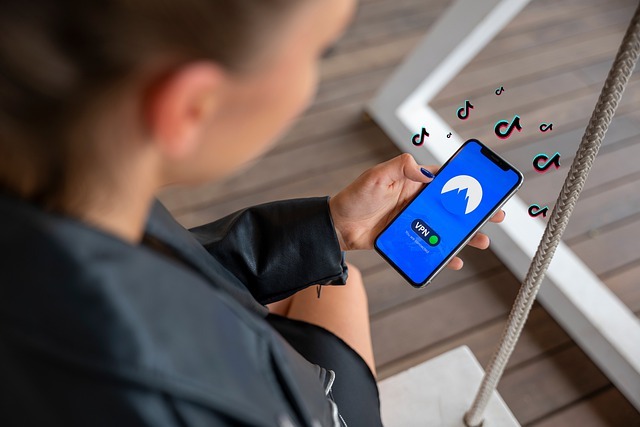Today we’ll talk about all things TikTok and its existing alternatives

Why is TikTok so popular and what are the alternatives? Source: pixabay.com
While many Boomers call it silly and meaningless, Gen Z seems to adore TikTok. The brand adapts their marketing strategies to youngsters’ short video streaming trends as well. Even nuns are among the active participants of the TikTok community. Hence, PaySpace Magazine Global couldn’t stay away. Today we’ll talk about all things TikTok and its existing alternatives.
TikTok functions explained
TikTok isn’t a regular social media network. At least, not the type we’re used to. Therefore, at first, its popularity seemed confusing to many people.
The basic function of TikTok is that users can film short videos of themselves lip-syncing, dancing, or acting out sketches. Creators can also connect a set of 2-4 clips to make their presentation longer. The maximum duration of the total recorded performance is 1 minute. Users may rotate or crop ready-made content, and even change the playback speed while uploading. As for other editing tools, TikTok has an impressive set of AR effects for changing the user’s appearance. There are also many stickers, animations, and masks that can be added to the post. The content can be shared on other social media platforms too.
Premium video creators can make live streams and even receive virtual goods from their fans purchased with TikTok Coins. Gifts constitute a limited license to certain features of digital products and services. In a live stream product, content providers are also entitled to earn virtual credits called “Diamonds”. Diamonds are based on the gifts a content provider receives, at a rate of conversion currently determined by the platform. They measure the content’s popularity, adding a flare of gamification to the in-app interaction.
A few other core functions add convenience and fun to users’ daily experiences. TikTokers can subscribe to each other by scanning a QR-code, perform in a duet (#duetwithme), and find bloggers currently broadcasting nearby.
Why so popular?

The rise of TikTok had perfect timing. Source: pixabay.com
Since its inception, the platform has gained incredible popularity, first, in Asian markets, then, in the rest of the world. Winning the American audience is not usually easy for Chinese projects. However, TikTok made a great strategic move in 2018. It merged with Musical.ly, already boasting a considerable American audience, and all existing users’ accounts migrated to TikTok. Moreover, the rise of TikTok had perfect timing.
In addition, TikTok gave users a breath of fresh air in their social media self-presentation.
Furthermore, TikTok’s parent company ByteDance also leverages advanced AI algorithms to boost the popularity of its products. The company’s intelligent machines use computer vision and natural language processing technology to understand and analyze written content, images, and videos. As a user interacts with the content, deep learning algorithms continue to learn about their preferences and refine content delivery for the future.
People simply enjoy mindless scrolling of content tuned into their individuality.
Who uses TikTok?
As of 2019 statistics, the app was downloaded over 1.5 billion times. While 57% of its user base seems to come from China, top markets for TikTok downloads in 2020 were India, USA, Brazil, Indonesia, Russia, and Mexico. That shows rapid international growth.
Overall, TikTok’s audience is very young, with the majority of users still in their teens. This tendency is traced in all countries where the platform operates.
Thus, as of June 2020, teenagers accounted for 32.5% of TikTok’s active user accounts in the US. At the same time, users aged 20 to 29 years constituted 29.5% of the video-sharing app’s user base on the Android platform.

Businesses all over the world have started using TikTok to expand brand reach. Source: pixabay.com
In France, the majority of TikTok users are aged 13 to 17 (38.09%), ahead of 18 to 24-year old’s (36.85%) and 25 to 34-year old’s (19.99%).
In Russia, users between 13 and 17 years represent 43% of total accounts on the platform countrywide, while those over 35 account for only 3% of subscribers.
We must note, though, that national lockdowns have expanded the age limits of TikTok’s user base a bit.
Furthermore, the platform is not only a place to share fun videos with one’s friends today. Due to its growing influence, businesses all over the world have started using TikTok to expand brand reach.
Alternatives
In January 2020, TikTok recorded 800 million monthly active users. Amidst the pandemic, its popularity went on a rollercoaster. At the lockdown beginning, bored people increasingly downloaded TikTok content, yet already in April and May, the number of downloads had fallen.
As if that wasn’t enough, US President Donald Trump has recently announced his plans to ban the app, whereas India officially introduced the ban on TikTok and a number of other Chinese apps earlier due to national security concerns.

India officially introduced the ban on TikTok. Source: pixabay.com
Due to the losses of major markets, TikTok influencers urge their followers to subscribe to their accounts on alternative social media. What are they?
Reels
Not a separate platform, but an extension of Instagram that’s gradually launching in different countries, promises to become one of the best-known TikTok alternatives. Similar functionality, over 1 billion active users, star influencers – all these factors make the innovation a viable option. However, what Reels misses is TikTok’s navigation simplicity, personalized feed, and original content (so far). Some users feel Instagram’s extended functionality has gone too far, making it time-consuming and bulky.
Moj
The Moj app popped up in June, just as TikTok stopped its operations in India. It was developed by the Indian social media platform ShareChat and already downloaded over 50,000 times. The platform offers lip-syncing features, along with the ability to download videos. The interface is quite simple and user friendly. However, there is no English language support in the app, so it’s suitable only for local users.
Byte
This short-form video hosting service was created by a team led by Dom Hofmann as a successor to Vine, which he co-founded. The main home screen features a scrollable feed of content that the user is following. Users can “like” and “rebyte” the videos they’ve watched. The app also features a search screen where account owners can separate popular and latest content along with video categories like Comedy, Animation and others.
Likee
Although banned in India, in its second-largest market, the USA, Likee is one of TikTok’s fastest-growing rivals. From early July to early August, the app accumulated 7.25 million downloads, reaching 150 million monthly active users worldwide. The platform is also famous for its extensive editing features as it can magically change hair colors, utilize 4D magic, and create Superpower effects, enabling users to create a blockbuster movie within those 15 seconds.
Dubsmash
One of the oldest of TikTok’s competitors is a New York-based video sharing social media service originally founded in Germany. Currently, the app has got 27% of the U.S. short-form video market share by installs, second only to TikTok’s 59%. The network also reports 1 billion video views per month. As for functions, Dubsmash still lacks the augmented reality filters, cut transitions and photo slideshows of TikTok.
Triller
Triller stands out among its competitors as an “AI-powered” video-editing app. Thus, users can film multiple takes of themselves and using artificial intelligence, the app will automatically compile the best clips to create a music video. Videos may get much longer than the proposed TikTok content, enabling artists to show more of their performance. On Triller, a creator can use music found both in-app and on their Apple Music or Spotify libraries.
SEE ALSO:








